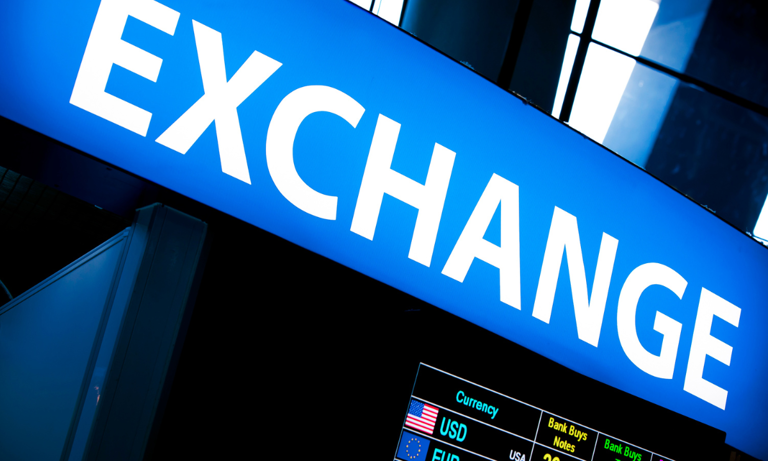The adoption of cryptocurrencies by the masses has largely been facilitated through centralised exchanges (CEX) like Binance and Coinbase. These platforms emerged as popular gateways for users to convert their real money into cryptocurrencies such as Bitcoin. CEX platforms have refined the user experience over the years, offering convenience, access to a wide range of tokens, and easy fiat-to-crypto conversions.
However, the centralised nature of CEX platforms poses certain risks. Users must trust that the platform will allow them to withdraw their funds whenever they desire, as the control lies in the hands of the corporate entity. Additionally, compliance procedures, such as Know Your Customer (KYC) requirements, can be cumbersome for users.
In response to these concerns, decentralised exchanges (DEX) have emerged as a solution that aligns with the decentralised nature of cryptocurrencies. DEX platforms eliminate the need for KYC and enable users to retain control over their assets. Operated by a community of users, DEX platforms provide access to decentralised finance (DeFi), allowing users to engage in activities like staking, lending, and yield farming.
However, DEX platforms come with their own set of challenges. They are often less user-friendly compared to CEX platforms, requiring users to possess a certain level of knowledge to utilise DeFi features effectively.
One significant drawback of DEX platforms is the lack of deep liquidity due to the absence of a centralised entity facilitating trades. Instead, users trade directly with each other through automated market makers, resulting in notable slippage and higher-than-expected prices during transactions. Furthermore, DEX platforms do not support crypto-to-fiat conversions due to their non-compliance with regulatory requirements. Without a corporate entity to handle KYC processes, fiat services cannot be offered.
Despite these downsides, innovative solutions are emerging to address the limitations of both CEX and DEX platforms. Hybrid exchanges aim to combine the best of both worlds by offering the convenience and liquidity of centralised exchanges while maintaining the user control and privacy of decentralised exchanges. These hybrid platforms incorporate features such as non-custodial trading and fiat on-ramp services, bridging the gap between centralised and decentralised systems.
As the cryptocurrency industry continues to evolve, it is expected that further innovations will emerge to enhance user experience, accessibility, and liquidity in both centralised and decentralised exchanges. These developments will contribute to the wider adoption and integration of cryptocurrencies into mainstream finance.







